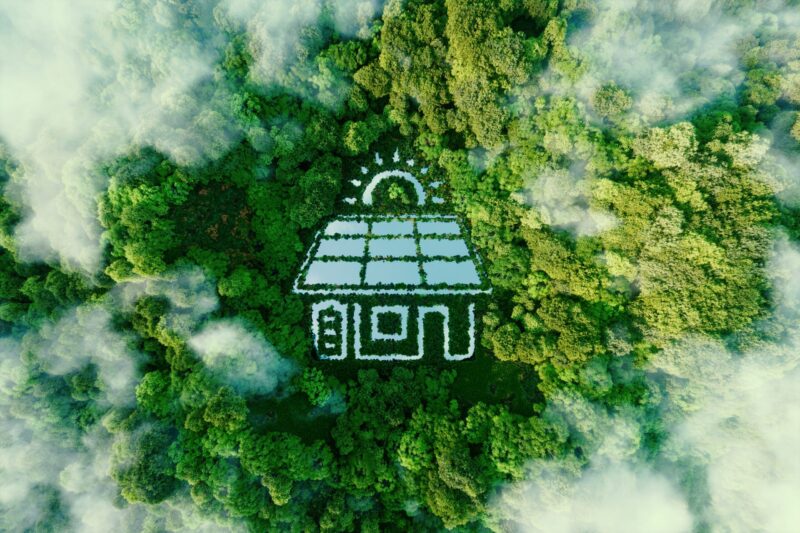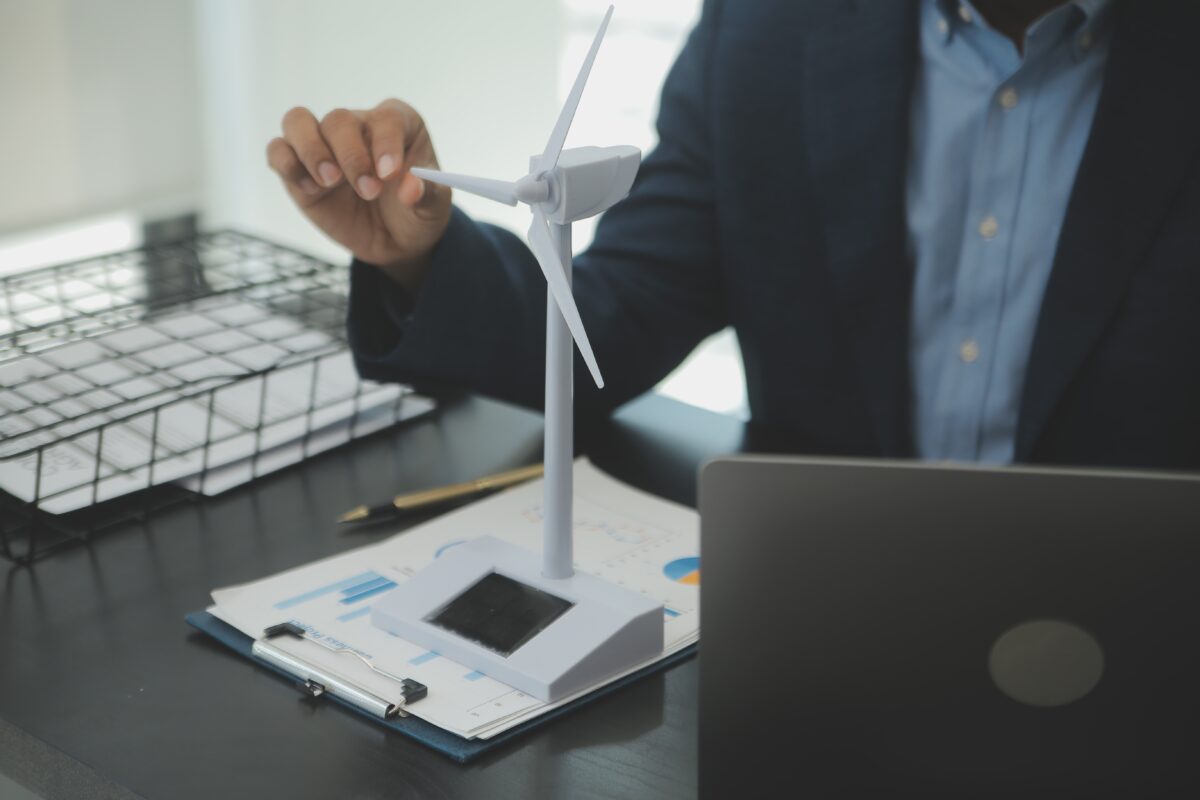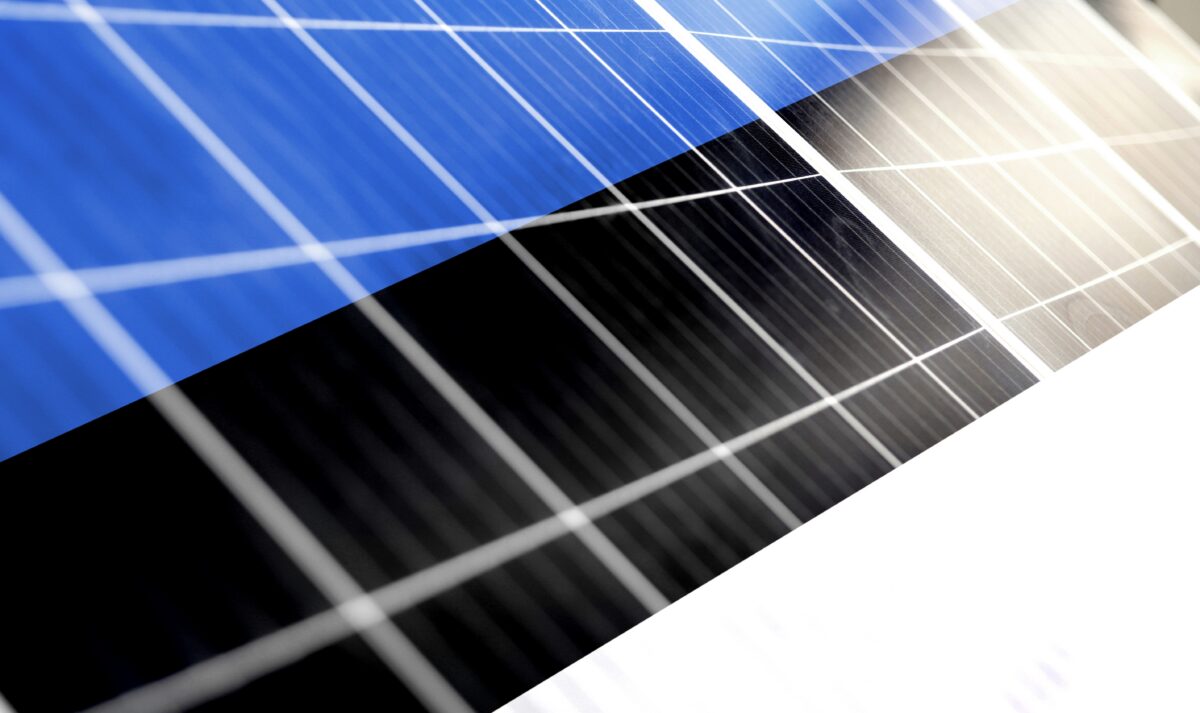As residents everywhere search for renewable energy solutions for communities, wind energy has become more essential than ever. Small-scale wind turbines are gaining popularity, bringing accessible, clean energy right to local neighborhoods. These compact turbines check all the boxes: they can lower carbon emissions, strengthen community energy independence with wind turbines, and even help reduce energy costs. In this article, we’ll explain why communities should learn more about the possibility of off-grid energy with small wind turbines and how they have the potential to reshape how communities generate their own power.
Understanding Small Wind Power and Its Potential for Communities
Small wind power is all about bringing the benefits of wind energy down to a community level, making it accessible, affordable, and practical for local use. Unlike the enormous turbines on commercial wind farms that generate power for thousands and feed it into the grid, small wind turbines are built to supply power on-site, directly where it’s needed. This kind of setup is known as “distributed generation” and is ideal for powering homes, farms, small businesses, and community centers in both rural and suburban areas.
By generating energy close to home, communities can reduce their dependence on large-scale fossil-fuel plants, improve their energy resilience, and even lower their costs over time. Community wind power projects offer a viable and flexible alternative to traditional power sources and are often combined with solar energy to create a balanced, renewable system that’s tailored to local needs. For many communities, especially those in windy but remote areas, this small-scale approach can be a game-changer, cutting down on grid reliance, reducing transmission losses, and ultimately strengthening local energy security.
Benefits of Small Wind Turbines for Local Energy
Energy Independence
Small wind turbines give communities a chance to have energy independence by allowing them to generate their own electricity right where it’s needed. This localized power generation reduces reliance on centralized power grids, which can be especially important during outages, emergencies, or in remote areas where grid access is unreliable or costly.
How small wind turbines increase energy independence? When communities produce their own energy, they’re less vulnerable to rising energy prices and power disruptions from distant sources, gaining more control over their own power needs. Small wind turbines contribute to a sustainable and resilient local energy system, helping communities cut ties with fossil-fuel-based power plants and invest in a cleaner, more self-sufficient future.
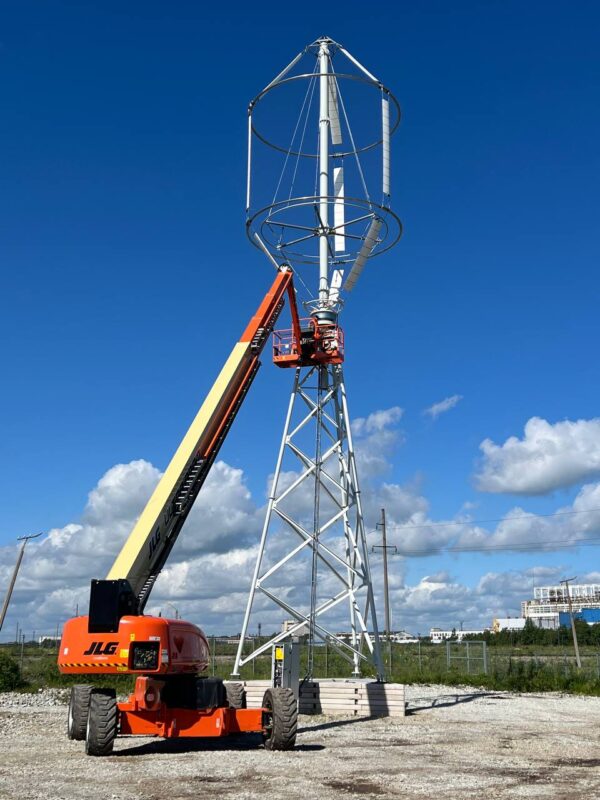
Environmental Impact
Small wind turbines offer communities a clean energy source with minimal environmental impact. Unlike fossil fuels, wind energy generates zero greenhouse gas emissions during operation, which directly helps reduce harmful pollutants in the air and supports efforts to combat climate change. Because they don’t rely on combustion, small wind turbines improve local air quality and contribute to healthier communities.
Another environmental benefit of small-scale wind power is its efficient land use; turbines typically require far less space than many other types of energy infrastructure, allowing communities to preserve natural landscapes and agricultural areas. By choosing wind, communities can make a meaningful impact toward a greener, healthier planet while meeting their energy needs.
Learn how small wind turbines can impact your carbon footprint. Reach out to us to book a free feasibility study and check the wind potential in your area!
Cost Savings
While the environmental impact of small wind turbines and the independence they provide for communities are very important points, we cannot forget about the financial aspect. Wind energy allows for long-term savings on energy bills for communities. While the upfront cost may be significant, over time the cost savings will make it worth it, especially compared to paying for energy from traditional sources.
Challenges Communities Face When Adopting Small Wind Power
While knowledge about wind power is growing each year, the biggest challenge for wind turbines is still community opposition. Fears of noise pollution, the impact of turbines on the appearance of the area, and their cost – many people still have a negative attitude towards wind energy. In this case, education on the subject is the most helpful. Appropriate meetings, during which experts can answer residents’ questions and dispel their fears, are the best way to convince the community to invest in wind energy.
The second obstacle is certainly the cost of the investment. Small wind turbine, depending on the type, can cost from several to even tens of thousands of euros per turbine. In the case of turbines that would supply energy for the entire community, the costs will of course be much higher. Here, it is worth remembering that the cost of such an investment is spread across all its members, making it much lower. Additionally, communities can count on many forms of assistance from the government and local authorities: grants, subsidies, and loans that will help reduce the cost of the investment.
Case Studies: Communities Achieving Energy Independence with Small Wind
The number of communities in Europe who want to produce their own energy and be more independent is growing each year. There are many countries that can boast a large number of energy cooperatives and communities that have energy independence. We will focus on a few of them.
Ecopower in Belgium
Ecopower is one of the biggest and oldest energy cooperatives in Europe. Active since 1991 the community now has more than 67 000 members. What started as a small community that wanted more energy independence is now a founding member of REScoop.eu. It’s a European federation of citizen energy cooperatives.
Members of Ecopower buy shares, with one share costing 250 euros. Each member has a vote, regardless of the number of shares. Today the organization has 20 wind turbines and is saving 61.000 tons of CO₂emissions a year. It’s one of the best examples of the power a community can have.
Energy Community Avedøre in Denmark
The Danish energy community is fairly new, as it was founded in 2020. The cooperative in Avedøre, Hvidovre Municipality, is a new initiative inspired by an EU directive aimed at involving citizens directly in the shift to a sustainable energy system. Established by a coalition of local organizations, including Hvidovre Municipality, Hvidovre Gymnasium, Avedøre Landsbylaug, Avedøre District Heating A.M.B.A., Filmbyen, and EBO Consult A/S, the community spans around 2 km² and includes approximately 6,000 residents, along with several local institutions and businesses. With sustainable energy as a key focus, the energy community aims to lead local efforts in reducing carbon emissions and promoting climate-friendly energy solutions.
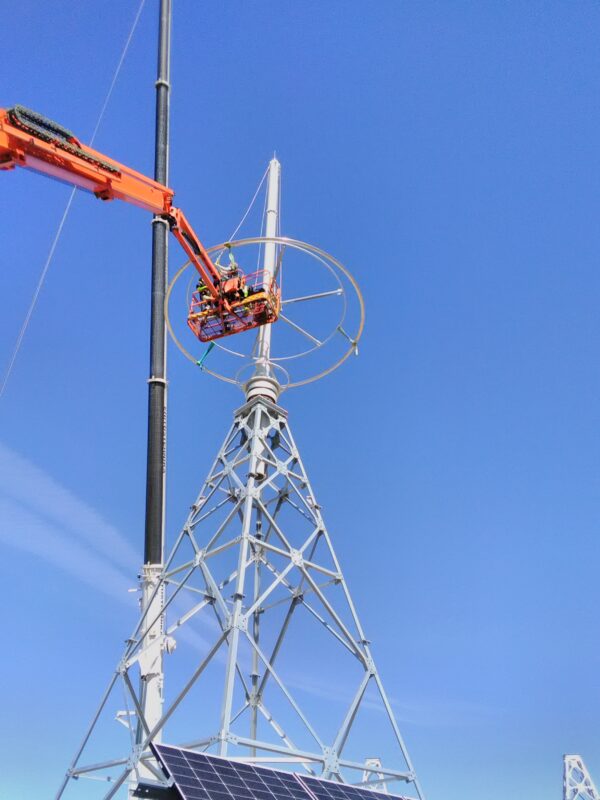
Steps for Communities to Implement Small Wind Solutions
Starting an energy community with small wind turbines for energy independence takes careful planning and a few key steps to ensure it meets local energy needs effectively. The first step is to get a clear picture of current energy usage and associated costs. Understanding these numbers helps determine the ideal turbine size needed to make a meaningful impact.
Once energy requirements are clear, it’s time to explore financial options; many regions offer incentives like grants, loans, or net metering that can significantly reduce project costs and make small wind installations more accessible.
Next, it’s essential to study the local wind resource. Using residential-scale wind maps can give you a rough idea of how much wind your area receives and where turbines might work best. Before diving into specific turbine models, a preliminary estimate of wind availability helps narrow down suitable options.
With a better grasp of local wind conditions and energy demands, it’s time to explore turbine models that align with your community’s needs. Factors like turbine certification, axis type (horizontal-axis wind turbine or vertical-axis wind turbine), warranties, and projected energy output all come into play here. By understanding your energy use, exploring financing, and choosing the right equipment, your community can build a resilient, locally powered energy system that benefits everyone involved.
Communities interested in wind power are lately choosing vertical-axis wind turbine (VAWT). Often they are the best solution for many sites. These kind of turbines produced by Freen allow communities to harness wind in the most efficient way.
Are you interested in how you can benefit from Small Wind Technologies? Let’s talk! Contact us to schedule a meeting.
Conclusion
Small wind turbines give communities a practical way to switch to clean energy, bringing with them benefits like energy independence, cost savings, and a smaller environmental footprint. As the technology keeps improving and more people see the value in local, renewable energy, small wind power is set to become a key player in the move toward a greener, more sustainable future. By harnessing wind energy at a community level, people can reduce their reliance on fossil fuels, cut down on emissions, and take meaningful steps toward a cleaner, healthier future for the next generations.


